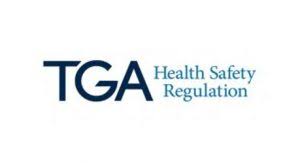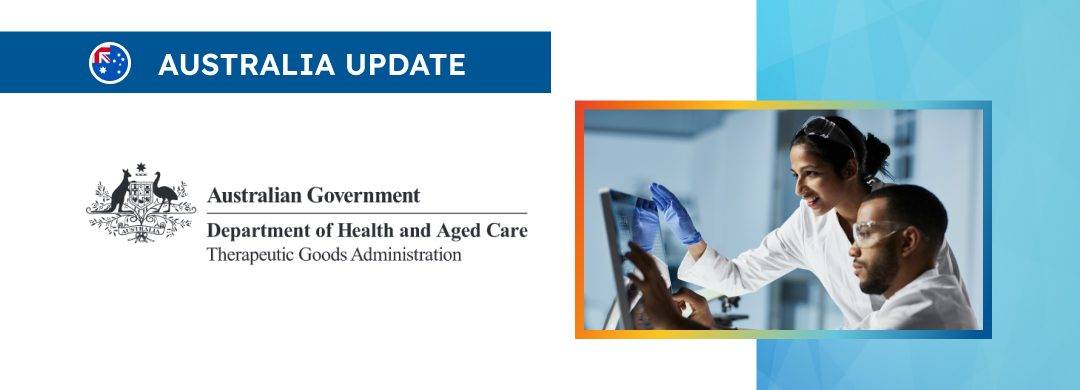The new article highlights the aspects related to the inclusion of new products in the Australian Register of Therapeutic Goods (ARTG), a country’s register of healthcare products allowed for marketing and use in the country.

Table of content
The Therapeutic Goods Administration (TGA),the Australian regulating authority in the sphere of healthcare products, has published a guidance document dedicated to the use of market authorization evidence from comparable overseas regulators/assessment bodies for medical devices (including in vitro diagnostic ones) for abridgement of TGA conformity assessments and as information required for applications for ARTG inclusion.
The document provides an overview of the relevant regulatory requirements, as well as additional clarifications and recommendations to be taken into consideration by medical device manufacturers and other parties involved in order to ensure compliance thereto.
At the same time, the authority reserves the right to make changes to the guidance and recommendations provided therein, should such changes be reasonably necessary to reflect corresponding changes to the underlying legislation.
Introduction to the ARTG Application Process
The Australian Register of Therapeutic Goods (ARTG) requires that all medical device inclusion applications be accompanied by mandatory information, as stipulated on the application form.
This is a critical step in ensuring that medical devices meet the necessary safety and efficacy standards before they are marketed in Australia.

Preliminary Assessment Criteria
According to the guidance, preliminary assessment serves as the first checkpoint in the application process.
Here, the Therapeutic Goods Administration examines whether the application includes all necessary Manufacturer Evidence and Evidence of Product Assessment.
If the application fails to pass this preliminary assessment, it will be rejected, considering the importance of completeness and accuracy in the application.
Audit and Assessment Levels
As further explained in the document, the TGA may conduct audits on certain medical device applications, particularly for In Vitro Diagnostic devices (IVDs), or if there is any concern about the device or the information provided in the application.
The audit’s extent, whether it be a Level 1 or Level 2 audit, is determined by the device’s classification and the nature of the overseas evidence provided.
Overseas Approvals and Assessments
Recognizing international standards and assessments, the TGA allows the use of documentation from overseas regulators to satisfy the requirements for the Manufacturer Evidence and Evidence of Product Assessment.
This is particularly relevant for devices that have already undergone scrutiny by recognized foreign bodies, potentially streamlining the ARTG inclusion process.
According to the guidance, such an approach is expected to reduce the unneeded regulatory burden faced by the parties interested in placing their products on the country’s market.
Documentation Examples by Device Class
The documentation required varies by the risk-based classification of the medical device:
- Class Is Medical Devices
For sterile Class I devices, the manufacturer must provide an EC Certificate conforming to specific annexes of the EU MDD directive.
This acts as the Manufacturer’s Evidence. - Class IIb Medical Devices
For these devices, the Manufacturer’s Evidence is typically an MDSAP Certificate. Additionally, product assessment evidence from recognized bodies like Health Canada or the FDA in the form of licenses or summaries is necessary. - Class III IVD Medical Devices**
The Manufacturer’s Evidence for these devices may include an EC Certificate under the IVDD directive’s specific annexes. The type of EC Certificate provided influences whether additional documentation is required for the application.
Documentation
For the TGA to accept an application, the Manufacturer’s Evidence and Evidence of Product Assessment must be selected from the same line of Table 2 provided in the TGA documentation.
This ensures that the evidence submitted is consistent and matches the TGA’s criteria for each specific class of medical device.
Conclusion
In summary, the TGA emphasizes the importance of readiness in providing comprehensive supporting documentation and clinical evidence.
This is especially crucial for applications that may be selected for a non-mandatory audit. The TGA expects applicants to substantiate the device’s intended use and any claims made about its performance or efficacy with relevant evidence.
How Can RegDesk Help?
RegDesk is a holistic Regulatory Information Management System that provides medical device and pharma companies with regulatory intelligence for over 120 markets worldwide. It can help you prepare and publish global applications, manage standards, run change assessments, and obtain real-time alerts on regulatory changes through a centralized platform. Our clients also have access to our network of over 4000 compliance experts worldwide to obtain verification on critical questions. Global expansion has never been this simple.

